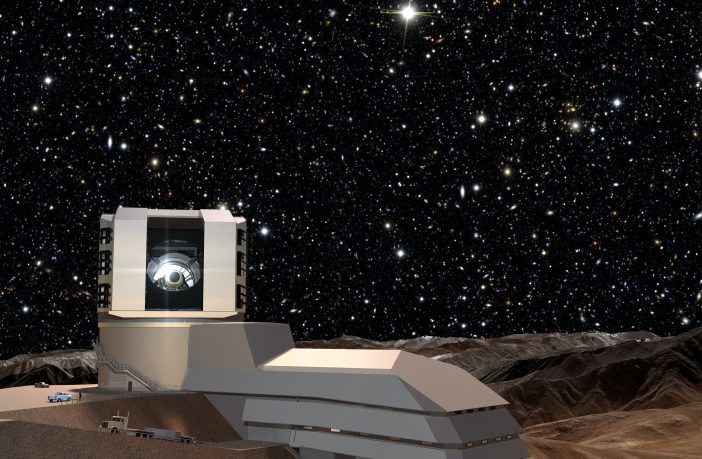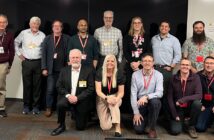The world’s astronomers – including scientists from the OU – are creating a telescope which they hope will uncover the mysteries of space. The Large Synoptic Survey Telescope (LSST) will be the world’s largest digital camera and is expected to capture the biggest and best images from the universe for all to see.
The OU is among a select group of UK contributors recently announced for this international astronomy project, thanks to confirmation of funding from the Science and Technology Facilities Council.
Steven Kahn, the LSST Director said: “LSST will be one of the foremost astronomy projects in the next decades and the UK astronomical community will contribute strongly to its success.”
The telescope is being built in the Chilean Andes to take advantage of the dry conditions which make it ideal for observing.
When it starts operating, the LSST is expected to generate one of the largest scientific datasets in the world. Among the treasures it could reveal are the definitions of dark matter and dark energy.
Project Scientist, Sarah Bridle from the University of Manchester said:
LSST will build up a very detailed map of billions of galaxies, with approximate distances to each, from which we will learn about the mysterious dark energy that seems to be accelerating the expansion of the Universe.
It will have an operational lifespan of a decade and cover a patch of sky over 800 times, she added.
The LSST will be able to take images of the sky which cover over 40 times the area of the moon, building up a survey of the entire visible sky in just three nights.
Andrew Norton, professor of astrophysics and part of the team taking part from the OU and the, said: “The LSST will allow us to see the night sky changing in front of our eyes and everyone can get involved to understand how the Universe works.”
“The LSST will show us what a dynamic place the Universe is,” said Professor Norton, who is the LSST:UK’s Education and Public Outreach Coordinator.
Also on the team from the OU Astronomy Group are Dr Simon Clark who is the University’s representative on the steering group, and Stephen Serjeant, reader in cosmology and head of the OU Astronomy group in the Department of Physical Sciences.
Discoveries made by the LSST will also be used to construct educational materials that will be made freely available to schools and public.
The telescope will achieve first light in 2020 and its main sky survey will begin in 2022.



